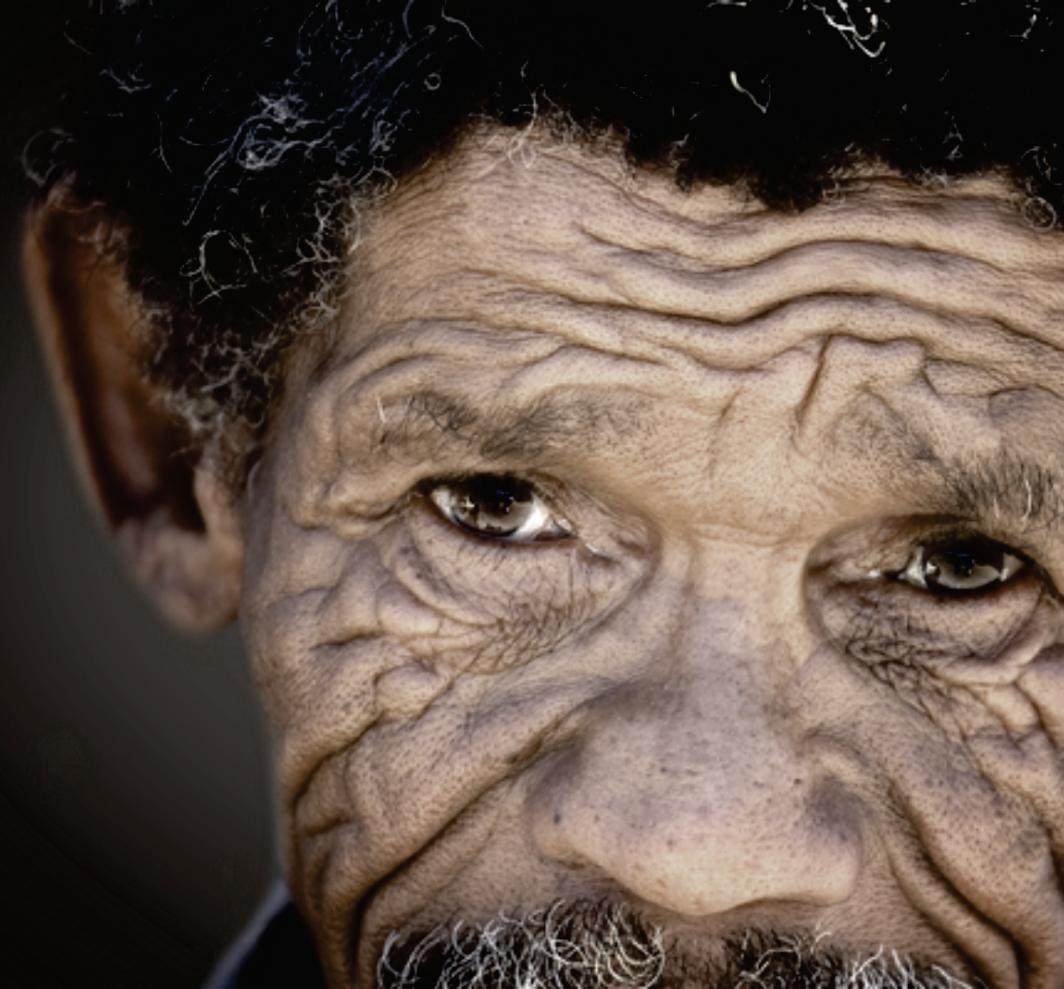
6 minute read
South Africa life expectancy increases but
HIV, road injuries, and violence take a deadly toll South African life expectancy increases but.... by Meropa Communications Health | BM
Annual Global Burden of Disease study – world's largest scientic collaboration on population health — reveals new trends in illnesses, deaths, and risk factors leading to poor health
Advertisement
ife expectancy is growing in South Africa but the country continues to L struggle with communicable diseases like HIV, as well as road injuries and violence that kill many young South Africans.
Globally, countries have saved more lives over the past decade, especially among children under age 5, but persistent health problems, such as obesity, conict, and mental illness, comprise a “triad of troubles,” and prevent people from living long, healthy lives, according to a new scientic study.
“Life expectancy in South Africa is rapidly increasing, but that doesn't mean we're enjoying healthier lives. Communicable diseases like HIV, car accidents, and waves of violence are taking the lives of far too many South Africans, especially young people. South Africa is one of the few countries in the world where the number of healthy years that men and women can expect to live has fallen over the past 25 years. We have a lot of work to do,” said Professor Charles Shey Wiysonge, Director of Cochrane South Africa and a co-author of the study.
This year's version of the annual Global Burden of Disease Study (GBD) is composed of ve peer-reviewed papers, and was published in the international medical journal, The Lancet. The ve papers provide in-depth analyses of life expectancy and mortality, causes of death, overall disease burden, years lived with disability, and risk factors that lead to health loss.
The study's main ndings for South Africa include: Ÿ A South African man born in 2016 can expect to live 59.2 years, an increase in life expectancy of 9.5 years over the past decade. A woman has a life expectancy of 65.5 years, up 13.2 years from 2006.
Ÿ
Ÿ
Ÿ
Ÿ But illness and injuries take away years of healthy life. A South African m a n b o rn i n 2 0 1 6 wi l l l i v e approximately 51.5 years in good health; a woman only 56.1 years. South Africa is one of only a handful of countries where healthy life expectancy decreased from 1990, when it was 53 years for men and 58.6 for women. The top ve causes of premature death in South Africa are HIV, lower respiratory infection, road injuries, in terperson a l viol en ce, a n d tuberculosis. The ailments that cause illness can be very different. While HIV is also the number one cause of disability in South Africa, other top causes of non-fatal illness are back pain, hearing loss, and depression. Deaths of children under 5 are a persistent health challenge. For every 1,000 live births, 43.4 South Africa children under the age of 5 die. That exceeds the global gure of 38.4, but is lower than in other southern African countries like Zimbabwe and Lesotho. South Africa has one of the greatest misalignments in the world between development and health progress. It is one of ve countries where actual health burden rates far exceed what one would expect based on its income and education levels, plus fertility rates. Moreover, in 2016, for the rst time in modern history, fewer than 5 million children under age 5 died in one year globally, as compared to 1 990 when 11 million died.
Researchers attribute this global health l a n d m a rk to im p ro ve m e n ts in increased educational levels of mothers, rising per capita incomes, declining levels of fertility, increased v a c c i n a t i o n p ro g ra m s , m a s s distribution of insecticide-treated bed nets, improved water and sanitation, and a wide array of other health programs funded by development funding for health.
“Death is a powerful motivator, both for individuals and for countries, to address diseases that have been killing us at high rates,” said Dr. Christopher Murray, Director of the Institute for Health Metrics and Evaluation (IHME) at the University of Washington. “But, we're been much less motivated to address issues leading to illnesses. A 'triad of troubles' – obesity, conict, and mental illness, including substance use disorders –poses a stubborn and persistent barrier to active and vigorous lifestyles.”
Despite progress on reducing deaths, this “triad of troubles” – obesity, conict, and mental illness, including substance use disorders –is preventing further progress. Ÿ One of the most alarming risks in the GBD is excess body weight. The rate of illness related to people being too heavy is rising quickly, and the disease burden can be found in all sociodemographic levels. High body mass index (BMI) is the fourth largest contributor to the loss of healthy life, after high blood pressure, smoking, and high blood sugar. Ÿ Deaths over the past decade due to conict and terrorism more than doubled. Recent conicts, such as those in Syria, Yemen, South Sudan, and Libya, are major public health threats, both in regard to casualties and because they lead to long-term p h y s i c a l a n d m e n t a l consequences. Ÿ Mental illness and substance use disorders continued to contribute substantially to the loss of healthy life in 201 6, affecting all countries regardless of their socioeconomic status. Treatment rates for mental and substance use disorders remain low. Even in high-income countries where treatment coverage has increased, the prevalence of the most common disorders has not changed. and over time. It draws on the work of over 2,500 collaborators from more than 130 countries and territories. IHME coordinates the study. This year, more than 13 billion data points are included; the papers comprise a complete edition of The Lancet.
This year's GBD improves upon the previous annual update through new data, improvements in methodology, a n d a m e a s u re f o r t ra c ki n g completeness of vital registration information.
The study's other ndings include: Ÿ Poor diet is associated with 1 in 5 deaths globally. Ÿ Non-communicable diseases were responsible for 72% of all deaths worldwide in 2016, in contrast to 58% in 1990. Within the past decade, diabetes rose in rank order from 17th to 9th leading cause of death in lowmiddle income countries. Ÿ Tobacco is linked to 7.1 million
The GBD is the largest and most comprehensive epidemiological effort to quantify health loss across places Ÿ
Ÿ deaths, and in more than 1 00 countries, smoking was among the leading risk factors for loss of healthy life. The leading causes of premature death globally included: ischemic hea rt d isea se, stroke, lower respiratory infections, diarrhearelated diseases, and road injuries. Ischemic heart disease was the leading cause of premature death for men in 113 countries and for women in 97 countries. Only four of the leading 20 causes of disability in 2016 – stroke, COPD, diabetes, and falls –were also leading causes of death.
In addition, the top conditions in 2016 that made people sick, but were not necessarily fatal were: low back pain, migraine headaches, hearing loss, irond eciency a nemia , a nd ma jor depressive disorders











